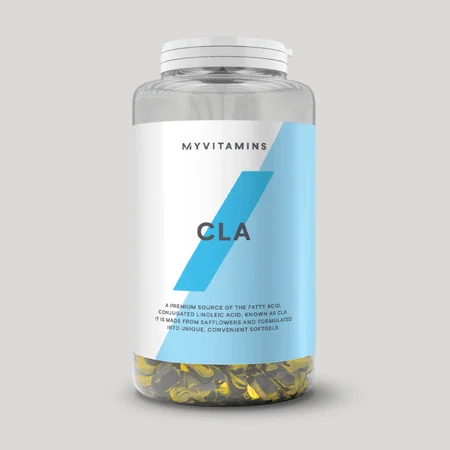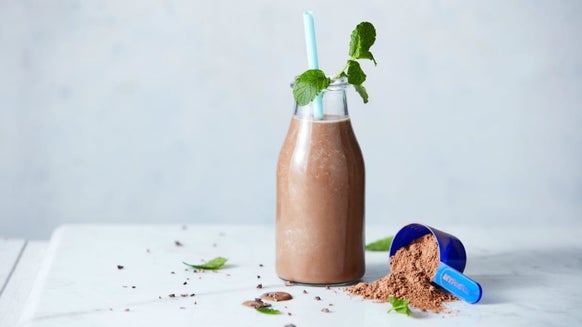
For 'cutting'
For 'bulking'
What are Macros?
Carbohydrates
Carbohydrates are typically the greatest source of calories in our diets, and are broken down by the body to be used as energy, or stored as fat when we obtain more total calories than we need. Carbs are primarily sugars or starches, and can be classified as simple or complex, based on their chemical structure.
Proteins
Proteins are the second of the macronutrients, made up of chains of amino acids. Proteins are used to rebuild our muscles after exercise, and are crucial for growth and healing of all of our body tissues.
It can be harder to obtain all of the protein that you need from a vegan diet, which is why we have these recipes to help you out!
Fats
Which Foods contain Macros?
| Food (100g) | Carbs (g) | Protein (g) | Fat (g) |
| Plain pasta | 30.6 | 5.8 | 0.9 |
| Whole grain bread | 41.3 | 13.0 | 3.3 |
| Brown rice | 23 | 2.6 | 0.9 |
| Apple | 13.8 | 0.3 | 0.2 |
| Blueberries | 14.5 | 0.7 | 0.3 |
| Carrots | 8.2 | 0.6 | 0.1 |
| Snap peas | 7.0 | 3.3 | 0.2 |
| Chicken breast | 0 | 29.8 | 7.8 |
| Salmon | 0 | 22.0 | 12.3 |
| Sausage | 0 | 15.5 | 37.6 |
| Eggs | 2.2 | 11.1 | 12.2 |
| Milk (nonfat) | 5.1 | 3.4 | 0.1 |
| Avocado | 8.5 | 2.0 | 14.7 |
| Butter | 0.1 | 0.9 | 81.1 |
| Ice cream (chocolate) | 23.2 | 4.0 | 14.1 |
Should you count Macros?

11 Ways To Break A Weight Loss Plateau
A break from your diet could be what's needed....
Using our macro calculator, you can input your age, height, weight, and activity level to determine the best macros for your goals - whether you want to gain or lose weight, or just target fat loss, there are ways to calculate your macro goals for any scenario.
Take Home Message
This article reviewed exactly what are macros - including why we need each of the three macros in our diets. Foods that we traditionally think of as just carbs, proteins, or fats often contain some amount of each of the three macros. You can use your knowledge about macros to help meet your goals using our macro calculator to get started.
Enjoy this expert article?
READ MORE HERE:

Claire is a Registered Dietitian through the Academy of Nutrition and Dietetics and a board-certified Health and Wellness Coach through the International Consortium for Health and Wellness Coaching. She has a Bachelor of Science in Biology and a Master’s degree in Clinical Dietetics and Nutrition from the University of Pittsburgh.
Talking and writing about food and fitness is at the heart of Claire’s ethos as she loves to use her experience to help others meet their health and wellness goals.
Claire is also a certified indoor cycling instructor and loves the mental and physical boost she gets from regular runs and yoga classes. When she’s not keeping fit herself, she’s cheering on her hometown’s sports teams in Pittsburgh, or cooking for her family in the kitchen.
Find out more about Claire’s experience here.
- Yunsheng Ma, Barbara Olendzki, David Chiriboga, James R. Hebert, Youfu Li, Wenjun Li, MaryJane Campbell, Katherine Gendreau, Ira S. Ockene, Association between Dietary Carbohydrates and Body Weight, American Journal of Epidemiology, Volume 161, Issue 4, 15 February 2005, Pages 359–367.
- Ha, E., & Zemel, M. B. (2003). Functional properties of whey, whey components, and essential amino acids: mechanisms underlying health benefits for active people. The Journal of nutritional biochemistry, 14(5), 251-258.
- Liu, A. G., Ford, N. A., Hu, F. B., Zelman, K. M., Mozaffarian, D., & Kris-Etherton, P. M. (2017). A healthy approach to dietary fats: understanding the science and taking action to reduce consumer confusion. Nutrition journal, 16(1), 1-15.








